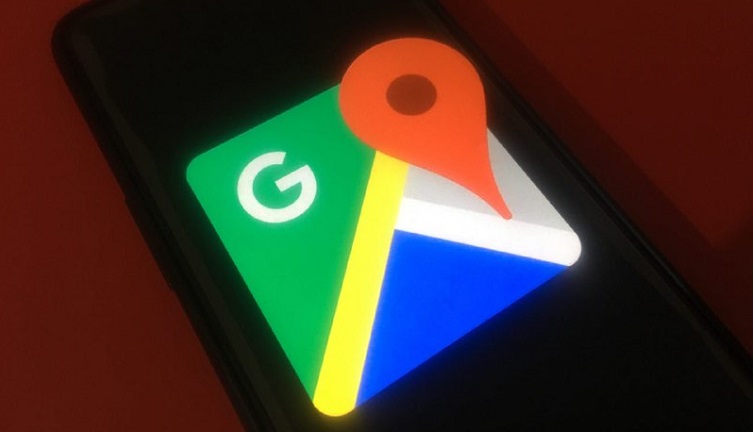New updates are being added at the bottom of this story…….
Original story (published on June 12, 2020) follows:
At the I/O 2019, Google revealed the unexpected – that more than a dozen devices will be joining the Pixels in Android Q beta testing program, among them the Vivo X27, Vivo NEX S, and Vivo NEX A.
Fast-forward a year later, the story is more of the same, this time with respect to Android R beta. When it goes mainstream, the new OS will be called Android 11.
As of this writing, owners of the Vivo iQOO 3, be it the 4G or 5G variant, can download and install the latest Android 11 beta update on their handsets. However, this version is meant for developers who want to prepare their apps to work with the new iQOO UI.

Vivo has published the official iQOO 3 Android 11 beta update details on its developer website alongside the download links. The company notes that this developer preview version will get an updated version in late July 2020.
- Device: Vivo iQOO 3
- Channel: China Beta
- Version: PD1955F_EX_A_20.06.11
- Android: 11
Later on, after Google releases the stable version in August, Vivo will no longer send new beta updates to those who enroll their iQOO 3 handsets into this program.
Below is a quick guide on how to install the new Vivo iQOO 3 Android 11 developer preview update once you download the right ROM above.
1. Download the Vivo IQOO 3 Developer Preview firmware package above and save it in the root directory. If you downloaded on a PC, transfer it to the root folder using a USB cable.
2. Navigate to the downloaded file and tap on the software package, then select “Update now” when prompted.
3. Wait for the upgrade to be completed.
While at it, be warned that updating your iQOO 3 handset to this firmware will erase everything stored on the device, so be sure to back up your data first.
Roll back to Android 10
In the event that you find the first Android 11 beta firmware is unpleasant to use on your Vivo handset, there is room to roll back to the previous stable version that works without issues.
First, download the required firmware from the links below.
- Device: Vivo iQOO 3
- Channel: China Stable
- Version: PD1955F_EX_A_1.14.3
- Android: 10
Once you have the required file, follow the steps below to roll back to the previous version of Android:
1. Copy the firmware package to the root directory of your phone’s storage.
2. Click on the package in the system upgrade, and start uninstalling the developer Developer Preview after verification is completed.
3. Wait for the upgrade to be completed.
Since this is an unstable version of Android 11, not everything is working perfectly. Vivo has identified a number of known issues that users should expect to come across.
● The under-screen fingerprint feature is not available.
● The front lift camera is not available.
● Status Bar icons display exception: camera notch and screen corner are overlapped with icon.
● When Chrome is started for the first time, “Turn on sync?” screen doesn’t show any existing Google account sign-in information.
● In Settings, the last item is “About emulated device” instead of “About device”. Minor issue.
● [Minor issue] There are 2 system upgrade pages in Settings (One in “Settings > System update”, the other in “Settings > System > Advanced > System update”), users might be confused
The iQOO 3 now joins the likes of OnePlus 8 and 8 Pro, OPPO Find X2 and X2 Pro, as well as Xiaomi Mi 10, Mi 10 Pro, and Poco F2 Pro in receiving Android 11 beta update. You can also check out our coverage on Vivo Android 11 update and the devices that are expected to get upgraded here.
Update 1 (August 7)
Vivo has released the Android 11 beta 2 update for the Vivo NEX 3S and the iQOO 3 in China. The new update comes as version PD1955_A_1.14.5 for the iQOO 3 and as version PD1950_A_1.12.11 for the Vivo NEX 3S. See the full story here.
PiunikaWeb started as purely an investigative tech journalism website with main focus on ‘breaking’ or ‘exclusive’ news. In no time, our stories got picked up by the likes of Forbes, Foxnews, Gizmodo, TechCrunch, Engadget, The Verge, Macrumors, and many others. Want to know more about us? Head here.

![[Updated] Vivo iQOO 3 4G/5G Android 11 beta update releases (Download link inside) [Updated] Vivo iQOO 3 4G/5G Android 11 beta update releases (Download link inside)](https://stage.onepluscorner.com/wp-content/uploads/2020/06/Vivo-iQOO-3-5G.jpg)
